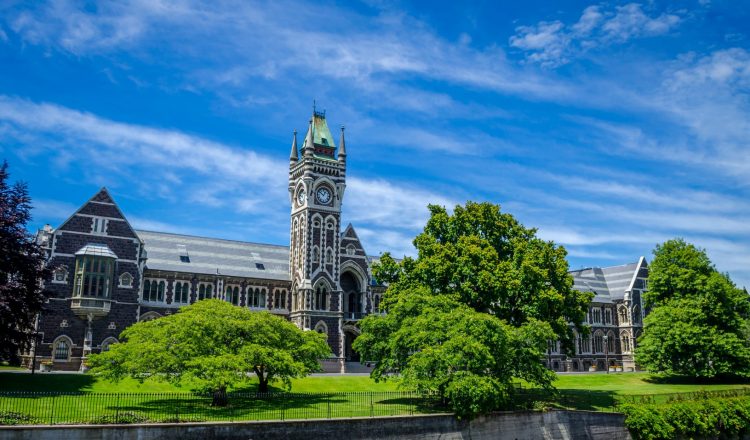| Học kỳ 1
| |
| Số tuần |
Giữa 10-11 |
| Ngày bắt đầu học kỳ và kết thúc học kỳ |
đầu từ Thứ Hai ngày 31 Tháng 1 (sớm nhất); và Thứ Ba ngày 8 Tháng 2 (mới nhất), và kết thúc Thứ Năm ngày 14 Tháng Tư |
| Ngày
| lễ |
Waitangi (Ngày lễ kỉ niệm) – Thứ Hai ngày 7 tháng 2 và Lễ Phục Sinh: Thứ Sáu Tuần Thánh – ngày 15 tháng 4
| Ngày nghỉ học của trường |
thứ bảy ngày 16 tháng 4 đến chủ nhật ngày 1 tháng 5
(bao gồm Thứ Hai Phục Sinh – ngày 18 tháng 4, Thứ Ba Phục Sinh – ngày 19 tháng 4, và Ngày ANZAC – Thứ Hai ngày 25 tháng 4) |
| Học kỳ 2
| |
| Số tuần |
10 |
| ngày bắt đầu Học kỳ và ngày kết thúc học kỳ |
thứ Hai ngày 2 Tháng Năm đến Thứ Sáu ngày 8 Tháng Bảy(98 nửa ngày) |
| Các ngày lễ |
sinh nhật nữ hoàng – thứ hai ngày 6 tháng 6 |
| Nghỉ học |
thứ bảy ngày 9 tháng bảy đến chủ nhật ngày 24 tháng bảy |
| Học kỳ 3
| |
| Số tuần |
10 |
Ngày
| Ngày bắt đầu học học kỳ và ngày kết thúc học kỳ |
Thứ Hai ngày 25 Tháng Bảy đến Thứ Sáu ngày 30 Tháng 9 |
| Ngày lễ |
không có |
| Ngày nghỉ học |
thứ bảy ngày 1 tháng 10 đến chủ nhật ngày 16 tháng 10 |
| Học kỳ 4
| |
| Số tuần |
Lên đến 10 |
Ngày
| Ngày bắt đầu học kỳ và ngày kết thúc học kỳ |
đầu Thứ Hai ngày 17 Tháng 10, và
kết thúc không muộn hơn thứ ba ngày 20 tháng 12 |
| Ngày
| lễ |
Lao động – Thứ hai ngày 24 tháng 10, Ngày Giáng sinh – Chủ nhật 25 tháng 12, Ngày Boxing (ngày quà tặng sau giáng sinh 1 ngày) – Thứ hai ngày 26 tháng 12 và Ngày đầu năm – Chủ nhật ngày 1 tháng 1 năm 2023
|
| |

















































